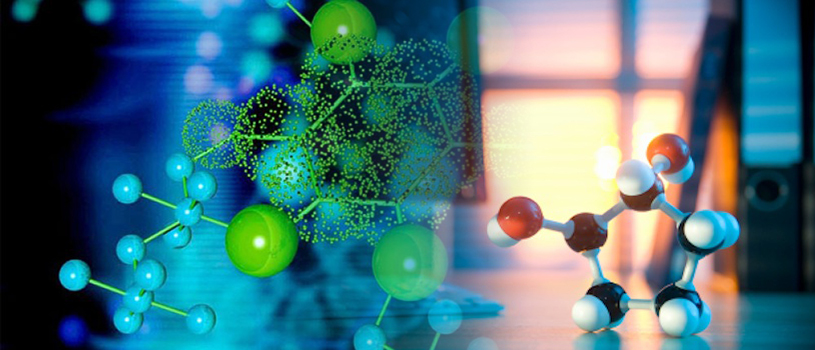
After years of work, researchers in the UK have now cultivated one of the most sophisticated miniature brains-in-a-dish yet, and it actually managed to behave strange by spontaneously connecting itself to the nearby tissue.

A pulse of laser light resulted in a stable "supercrystal" created by a team of U.S. researchers. The team's goal is to discover interesting states of matter that do not exist in equilibrium in nature.

Physicists from the Large Hadron Collider beauty (LHCb) Collaboration at CERN have discovered a previously unknown particle - a new charmonium particle.

U.S. researchers have discovered that a high-strength polymer called "PBDT" has a rare double helix structure, opening possibilities for use in a variety of applications, for instance lightweight aerospace materials.

Both patients were treated with stem cell transplants from donors carrying a genetic mutation that prevents expression of an HIV receptor CCR5, the most commonly used receptor by HIV-1.

Boy and girl twins in Brisbane, Australia, have been identified as only the second set of semi-identical, or sesquizygotic, twins in the world - and the first to be identified by doctors during pregnancy.

A team of scientists has re-created some of the first steps of life in the lab, testing whether life could emerge on other ocean worlds.

Research funded by NASA has led to the creation of an entirely new flavor of the DNA double helix, one that has an additional four nucleotide bases. It's being called hachimoji DNA.

The preservation of trace fossils, suggests that multicellular organisms that could move around to reach food resources may already have existed 2.1 billion years ago, more than 1.5 billion years older than previously thought.

Data from an enormous earthquake in Bolivia showed mountains at the base of the mantle's transition zone, located 660 kilometers below our feet. These mountains may be bigger than anything on the surface of the Earth.

Scientists have discovered immune cells that can fight all known flu viruses in what was hailed as an "extraordinary breakthrough" that could lead to a universal, one-shot vaccine against the killer disease.

The revelation that even the miniature brain of a honeybee can grasp basic mathematical operations has implications for the future development of AI.

Researchers have engineered a new fabric from synthetic yarn with a carbon nanotube coating that is activated by temperature and humidity, releasing heat in warm humid conditions and trapping heat when conditions are cool and dry.

Scientists think they have achieved the first gene editing inside the body, altering DNA in adults to try to treat a disease.

A new study has identified brain signatures that can indicate consciousness without relying on self-report or the need to ask patients to engage in a particular task.